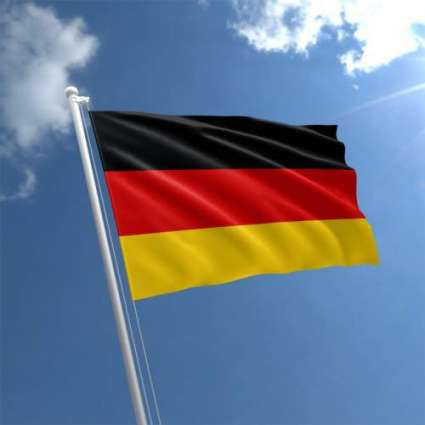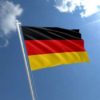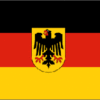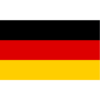Description
The German Flag: Symbolism and Design
Unveiling the Tricolor
The German Flag, also known as the Bundesflagge, proudly displays three horizontal stripes of black, red, and gold. Its design is simple yet powerful, encapsulating deep historical and symbolic meaning for the German people
Symbolic Colors
- Black:
- Symbolizes Germany’s difficult past, including the trauma of World War II and the atrocities under the Nazi regime.
- Also represents the strength and resilience of the German people in rebuilding their nation.
- Red:
- Signifies Germany’s struggle for freedom and democracy.
- Honors those who shed blood during the 1848 revolutions and the anti-Nazi resistance fighters in World War II.
- Gold:
- Represents Germany’s bright future and unwavering commitment to democracy and peace.
Flag Details
- Materials: Eloquent Displays and Decor offers the German Flag in two materials:
- Satin: Ideal for indoor displays, events, and ceremonies. Price: ₦6,000 Naira.
- Polyester: Durable for outdoor use. Withstands the elements. Price: ₦12,000 Naira.
- Size: Standard size is 3×5 feet, but customization options are available.
Complete Your Display
Don’t forget the essentials:
- Flagpoles: Sturdy and reliable, they ensure your German Flag stands tall.
- Ropes: Secure your flag with high-quality ropes.
A Unified, Democratic Germany
Today, the German flag continues to symbolize a unified, democratic nation—a reminder of Germany’s complex history while pointing toward a future built on democratic principles.
Facts about the German Flag
The black-red-yellow tricolor ?? of the current German flag experienced remarkable development hand in hand with historical events. In the mid-19th century, these colors symbolized efforts to unify the German states. In 1919, the tricolor became the official flag of the Weimar Republic. However, when Hitler took the power in 1933, it was abolished and replaced by Nazi swastika. Shortly after the defeat in the World War II, the tricolor was re-adopted as the flag of modern Germany. The flag of East Germany differed a little bit by a symbol of communism in its middle. However, it was withdrawn after the unification of these two countries and the role of the national flag of the united Germany was overtaken by the flag of the German Federal Republic.













